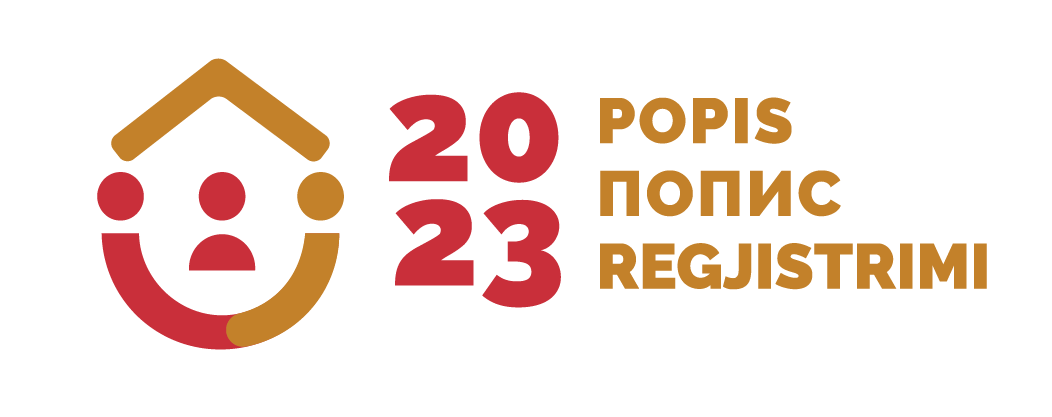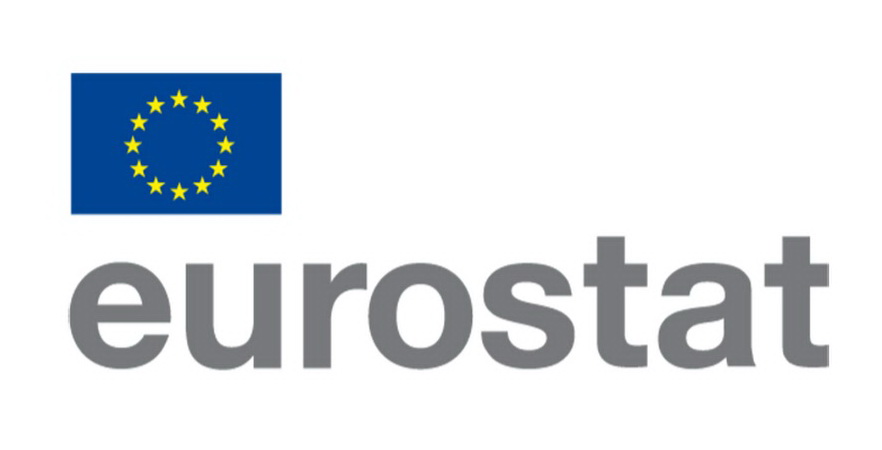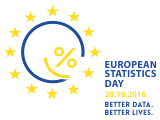The Customs Tariff is nomenclature used for classifying of the products.
Nomenclature is a set or list of names that is used in certain subject areas
Classification of foreign trade are divided into classifications of the UN and the EU.
Classification of the United Nations are:
• HS –Harmonized Commodity Description and Coding System
• SMTK –Standard International Trade classification
EU classification:
CN – Combined Nomenclature
The term "nomenclature" in terms of the Law on Customs Tariff includes: Appointments of the Section, Chapter, appropriations, tariff numbers and tariff sub-numbers with appropriate coding labels.
This means that the nomenclature of the Customs Tariff, is divided into sections, sections on the head, and these are divided into appropriations. The Customs Tariff has a total of 97 head, with what was left out 77 Head
For example tariff code 0201 20 30 90, one can see its structure and interpretation of individual units:
02 = Code Title
0201 = Code tariff number
0201 20 = Harmonized System Description and Coding of the World Customs Organization
30 = EU Combined Tariff
90 = National Position
HS - Harmonized System
Purpose: multifunctional list of goods that is used as the basis for customs tariffs and nomenclature around the world
Founder: World Customs Organization
Over 98% of world trade is classified according to HS.
In Montenegro, customs tariff is defined by the Law on Customs Tariff which is published in the Official Gazette of Montenegro, every year.
The reason for the adoption of the Law on Customs Tariff is completely harmonization with the Harmonized System and it is referred to as the EU Combined Tariff.
Harmonization of Customs Tariff Harmonized System of Description and Coding is done at the level of the first six digits of tariff classification (coding tag). World Customs Organization nomenclature changes done every five years. As our country is one of the members of the World Customs Organization, and from that comes the obligation of this alignment also every five years. Alignment is necessary for proper and easier foreign trade of goods between our country and countries around the world.
In Montenegro custom tariff is defined by the Law on Customs Tariff which is published in the Official Gazette of Montenegro, every year.
The reason for the adoption of the Law on Customs Tariff nomenclature is full compliance with the Harmonized System and EU Combined Tariff.
Harmonization of Customs Tariff Harmonized System of Description and Coding is done at the level of the first six digits of tariff classification (coding tag). World Customs Organization nomenclature changes nomenclature five years. As our country is one of the members of the World Customs Organization,from that comes the obligation of this harmonization also every five years. Harmonization is necessary for proper and easier foreign trade of goods between our country and countries around the world.
General description Full title: Standard International Trade Classification, Fourth Revision Abbreviation: SITC Rev. 4 Originating authority: United Nations Statistics Division (UNSD) Legal basis: SITC, Rev. 4 was accepted by the United Nations Statistical Commission at its thirty-seventh session (March 2006). Current status: Operational Implementation date: 2006 Predecessor classification(s): Succint description: Linked classification(s): SITC (1951); SITC Rev. 1 (1961); SITC Rev. 2 (1975); SITC Rev. 3 (1988). The scope of SITC, Revision 4, remains the same as that of SITC, Revision 3, that is to say SITC, Revision 4, covers all goods classifiable in HS except for monetary gold, gold coin and current coin. All SITC, Revision 4, basic headings (except for 911.0 and 931.0) are defined in terms of HS07 subheadings. Since SITC is now recommended only for analytical purposes, there was no need ¿except in several special cases- to create new basic headings in SITC, Revision 4, that would be in one-to-one correspondence with the new HS07 subheadings. As a general rule, an SITC, Revision 3, basic heading was deleted if (a) corresponding HS88 subheadings had been deleted from HS07 or (b) its scope could not be defined in terms of HS07 subheadings without significant change (this occurred when involved HS88 subheadings were partially correlated to several HS07 subheadings). A new SITC, Revision 4, basic heading was introduced if (a) several new HS subheadings could be grouped in an economically meaningful way and such a group fitted into the classification scheme of SITC with no (or minimal) changes in the scope of the existing SITC, Revision 3, headings; (b) some HS subheadings merited separate identification in order to better reflect commodity structure and/or practice of customs in recording of international trade; or (c) owing to action taken in accordance with (a) and (b), some HS07 subheadings could not be correlated to the existing basic SITC, Revision 3, headings. In the process of revision, the scope of some headings was modified. When such a modification was deemed significant, the heading involved was assigned a new code. 1) Standard International Trade Classification, Second Revision (SITC Rev.3); 2) Harmonized System Usage: Main statistical applications: Publication: 3) Central Product Classification (CPC) Products Analysis of international merchandise trade by interested countries and international organizations sitc rev.4, XLS 558 KB
4) International Standard Industrial Classification of All Economic Activities, Third Revision (ISIC)







